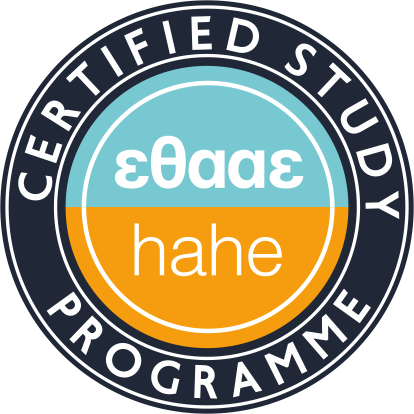Digital Media
Aim: The course introduces fundamental digital media concepts and their applications for education. On a conceptual level, the course aims to advance students' understanding of the digital representation of image, audio, and video data. On an practical level, the course aims to furnish students with the software skills and workflows that are needed to process image, audio, and video data for supporting instructional and learning processes.
Learning Outcomes: Upon completion the students will be expected to competently perform the following:
- design a digital composition using learning guidelines
- understand the main constitutive elements of the grammar of images
- describe how to direct viewer attention
- understand the digital representation of images, audio, and video
- explain how luminance and chrominance are digitally represented
- use software tools for editing images, audio, and video
- understand the processes of keying, tracking, and compositing
Contents. In terms of theory, the course has a dual conceptual focus. Firstly, it examines fundamental digital media concepts, introduces multimedia learning, presents ways of controlling visual attention, provides an overview of the grammar of static and moving images, and introduces design principles for educational digital content - especially for educational video. Secondly, the course examines how images, audio, and video are digitally represented, considers the digital representation of luminance and chrominance, presents concepts and procedures for primary and secondary color correction, and introduces fundamental concepts for keying, tracking, and compositing.
In terms of practice, the course focuses on the design and creation of digital multimodal messages of the mash-up/remix type. In particular, the course aims to develop the software skills that are required for capturing, creating, processing, producing, and distributing images, sound, and video. For each digital media type, students are introduced to a standard workflow which stresses the main principles underlying digital media creation for educational purposes.
Teaching. Lectures, video-lectures, exercises in small groups, lab sessions, and video-tutorials.
Assessement. Writen (or oral) exam (40%), final video project (40%) and interim assignments (20%)
